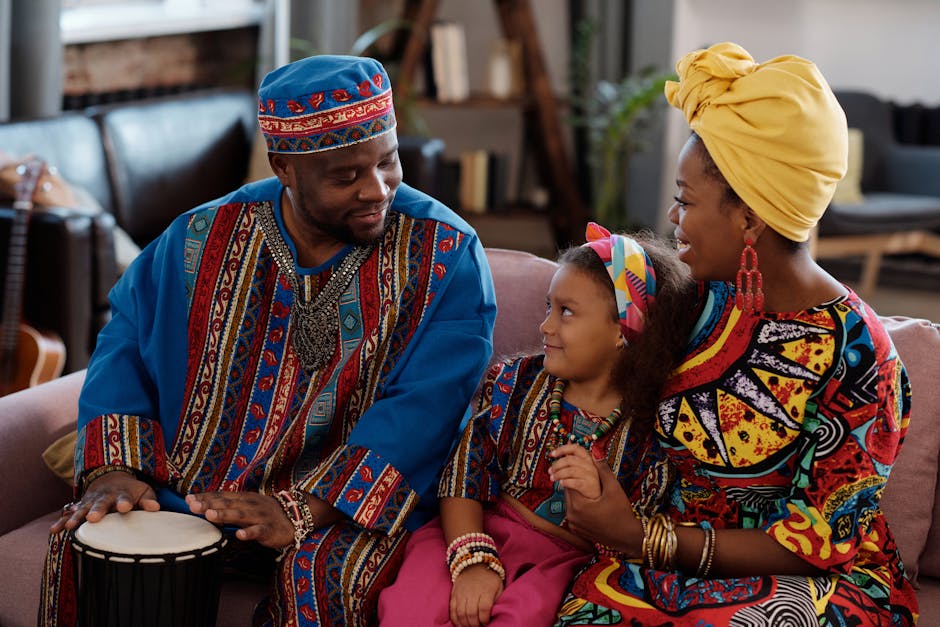
[Music] Welcome to Milestone Mic Methods, a tutorial
series brought to you by Music In Africa Live,
where we show you how to capture the sounds of African
instruments. At Milestone Studios in Cape Town, our
engineers have spent decades finding the best way to mic up
instruments that are unique to our continent, and we're going to share that knowledge in every episode.
I'm Thabo Mobo, and today we'll be looking at the best way
to place a microphone on a marimba, for live performances
and recording. The marimba has been part of Southern African music for hundreds
of years.
It's made of a set of tuned wooden bars
which are hit with mallets. African marimbas aren't usually
chromatic, which means they can't play in every key.
Sometimes you find a set of marimbas that are in tune with each other
but not in concert pitch, which can make it difficult to add them to an existing
track. The most common types of marimba are
soprano, tenor, and bass.
Even a soprano marimba is over a metre wide, so if possible use two microphones to capture the sound.
If you only have one microphone, the best place to put it
is over the middle of the instrument, but you might find that this doesn't pick up
the sound fully. [Music]
In a live show, a dynamic microphone like the Sennheiser MD421 is a good option.
Place the microphone pointing down
towards the bars. If you put it too close to the bars, then
you might not pick up the notes at the two ends of the instrument.
Positioning it higher will capture more of the sound, but it will also pick up
more of the sound of other nearby instruments, so you'll have to decide
which is more important. Make sure that you position the microphone where the
player won't accidentally hit it with the mallets.
[Music] In a studio situation, you can get a
better sound by using two microphones. We usually use condenser microphones,
which have a wider frequency response than the MD421.
Here we're using the built-in mics on a Zoom H4N,
which is an affordable stereo recorder.

This will give a full natural sound, with one microphone pointing towards the bass
part of the instrument, and the other picking up the treble end. [Music] [Music] Another option is to put two mics in
the middle, at 90 degrees to each other, and facing outwards. In this case we're
using two Neumann U87s. [Music] And if the marimba is very big, you can
even put a third mic in the middle, because if the other two are spaced too
far apart, then the sound in the middle won't be
picked up properly.
It's beyond the scope of this video to
go into detail, but using multiple microphones can cause phase problems if
they aren't positioned correctly. [Music] If you're recording more than one marimba,
it's often useful to put screens between them,
to prevent too much sound leaking from one set of mics to another.
Here we're using some of the techniques we discussed to record a group.
The bass marimba has three microphones on it, so we can be sure to capture its full sound.
Many marimbas have rattles attached to the body,
usually made of bottle tops.
This adds a percussive element,
and is an important part of the sound. Don't feel that you have to try and get
rid of the buzzing when you're recording. If it's too loud,
you can use masking tape to mute some of the rattles. Well, that's it for today. Our thanks to
Nceba and Xolani Gongxeka, and Kim Masala, for demonstrating how
these instruments are played, and to our sponsors Music In Africa Live,
the Goethe Institute, Siemens, and the Federal Foreign Office, for supporting
African music. Watch out for more videos in the series,
and until next time, cheers and goodbye. [Music] .

